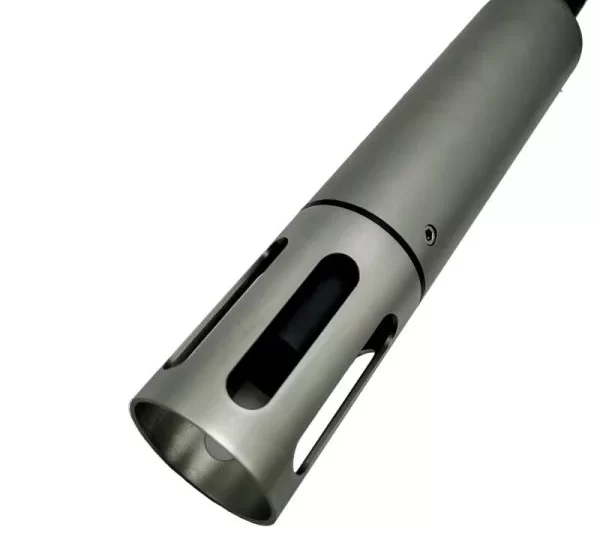An ORP sensor is a crucial instrument used in various industries, particularly in water treatment, aquaculture, and chemical processing, to measure the oxidizing or reducing ability of a solution. It provides valuable insights into the chemical reactions occurring in a solution and helps ensure the desired chemical processes are taking place effectively.
The functioning of an ORP sensor is based on the principle of electrochemistry. It consists of a reference electrode and a measuring electrode. The reference electrode maintains a stable potential, typically through a potassium chloride (KCl) solution. The measuring electrode, usually made of platinum or gold, is exposed to the solution being tested.
When the measuring electrode comes into contact with the solution, it develops a voltage potential relative to the reference electrode. This potential is directly related to the solution’s ORP. Positive ORP values indicate oxidizing conditions, meaning the solution has a greater ability to accept electrons, while negative values suggest reducing conditions, where the solution has a higher electron-donating capacity.
ORP sensor are crucial for monitoring and controlling chemical processes, ensuring water disinfection in pools, assessing the health of aquatic ecosystems, and optimizing chemical reactions in various industries. Their real-time data helps operators make informed decisions to maintain the desired chemical balance, which is vital for product quality and environmental protection.
For more information visit kcsensor

